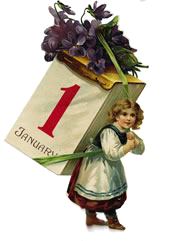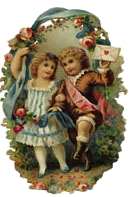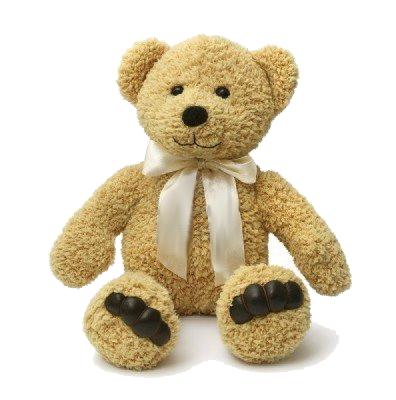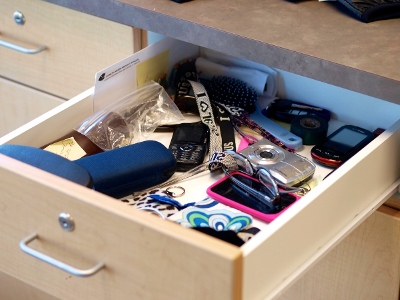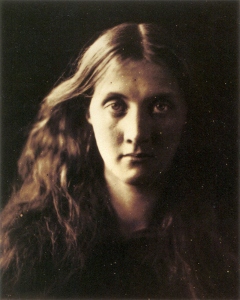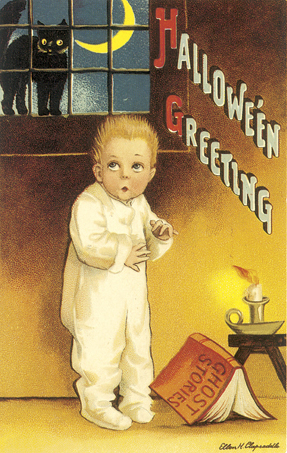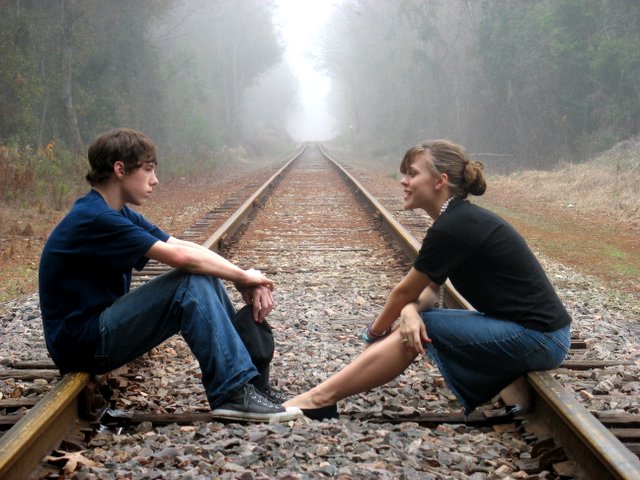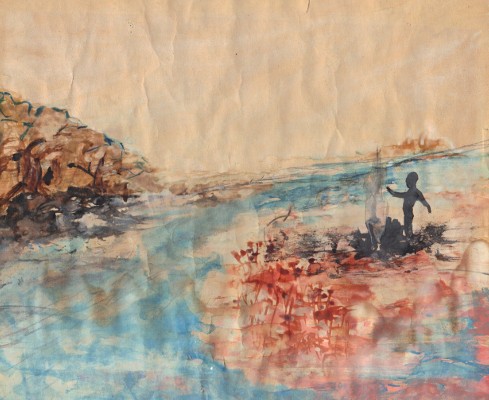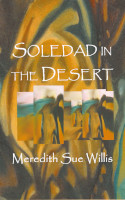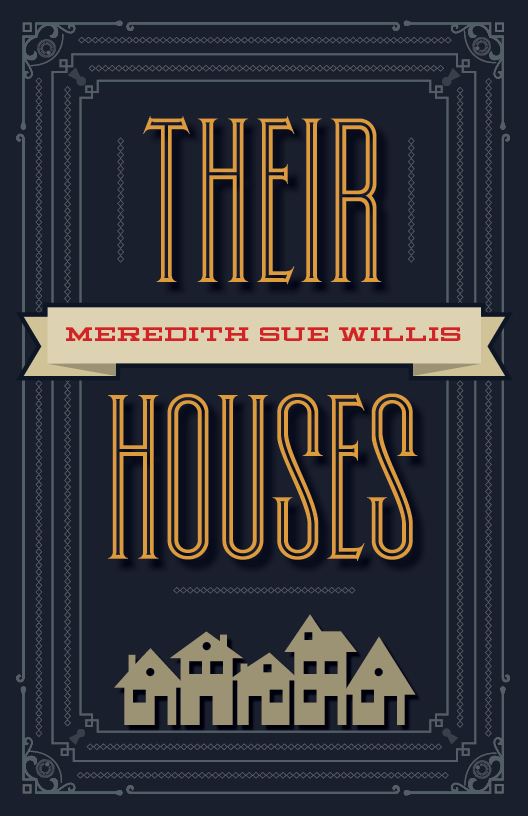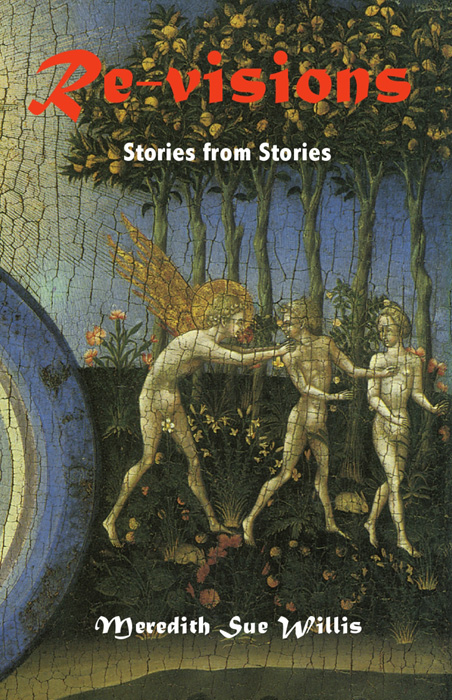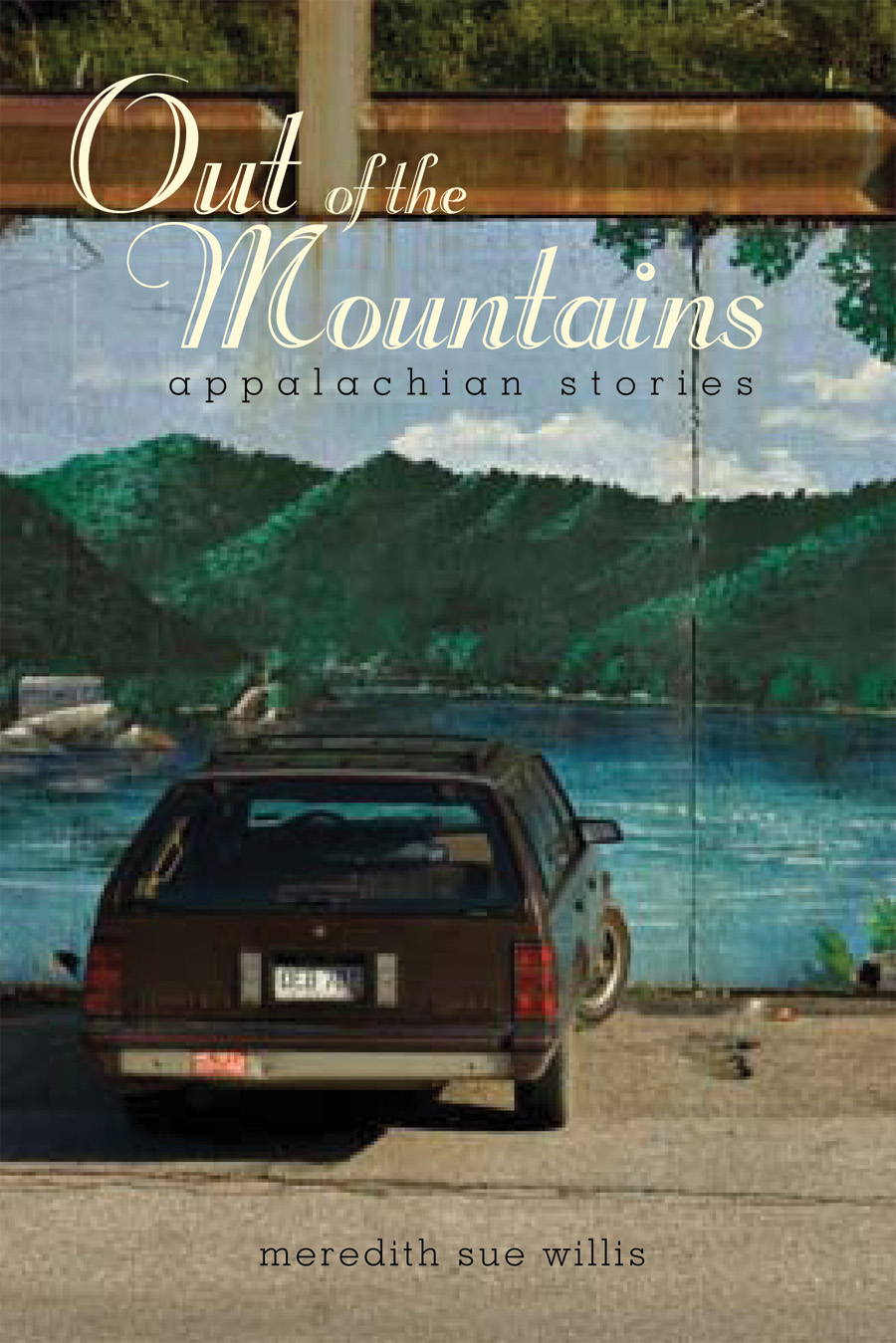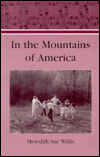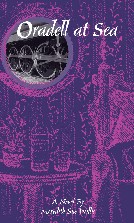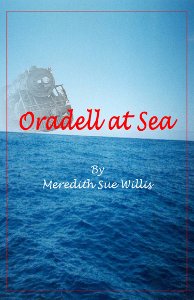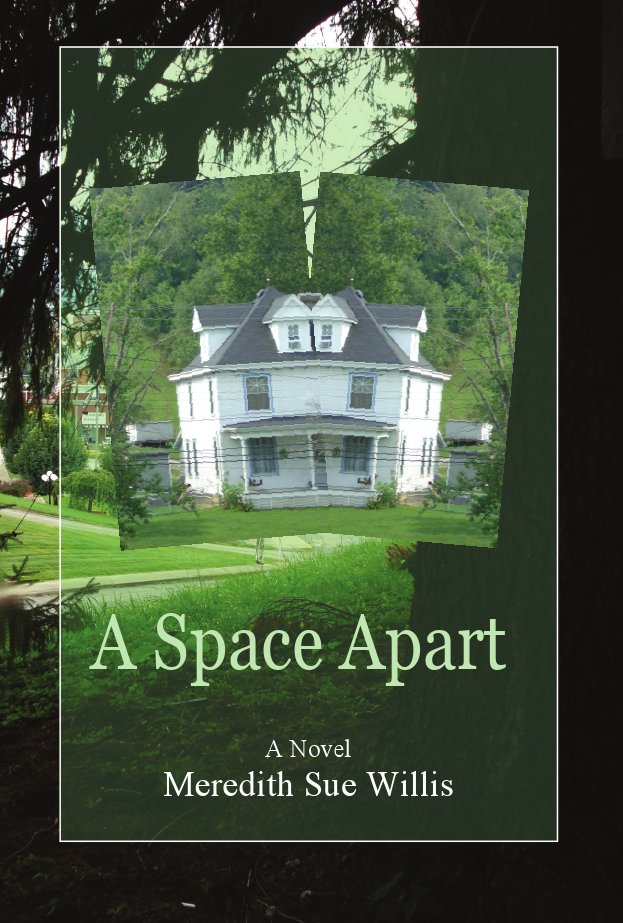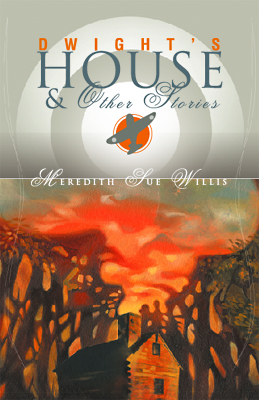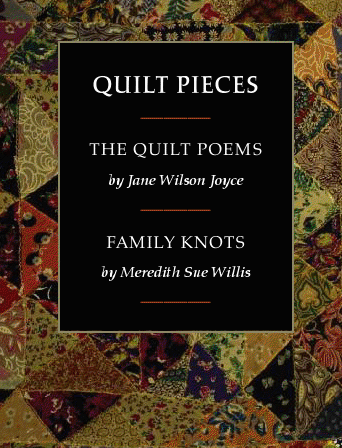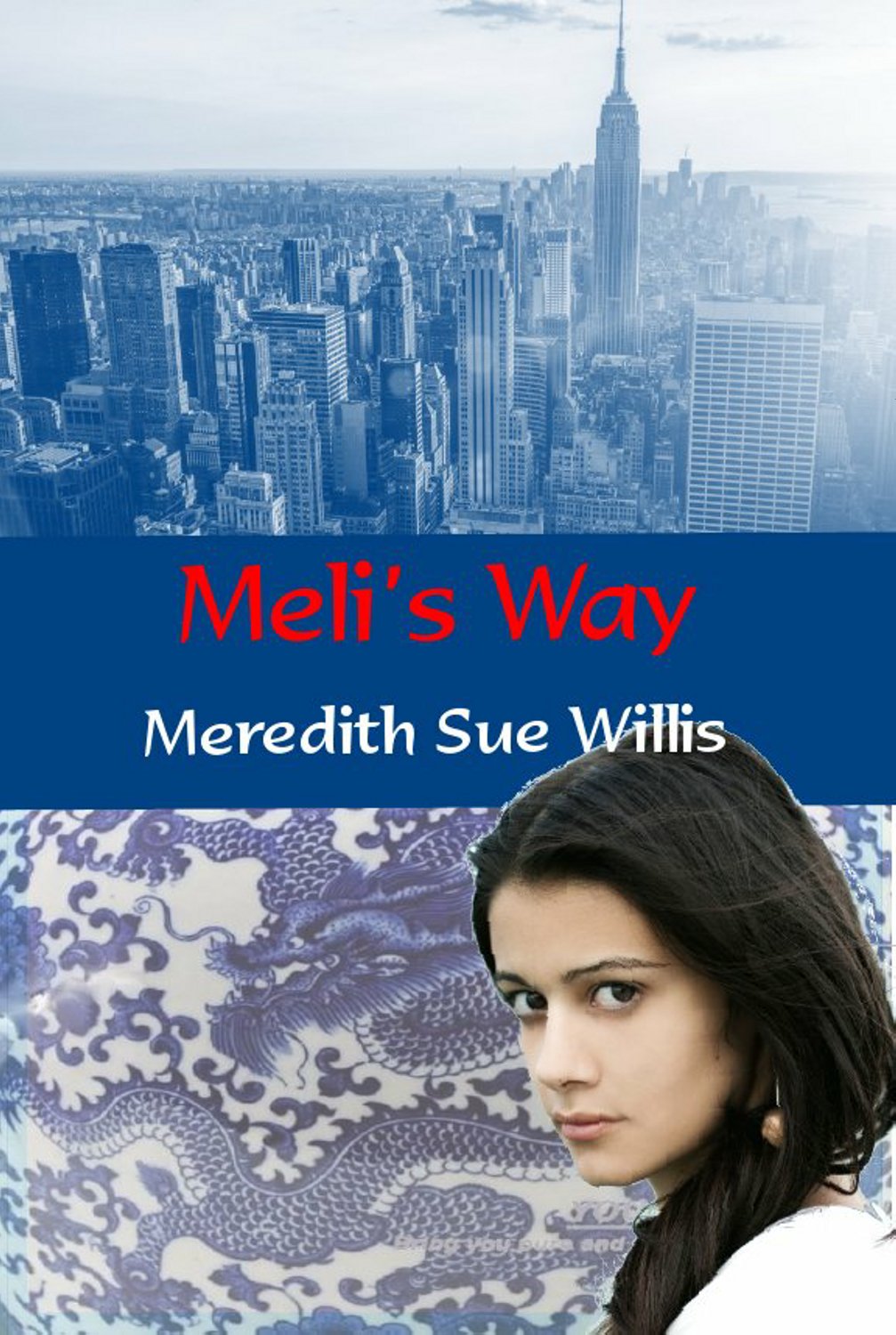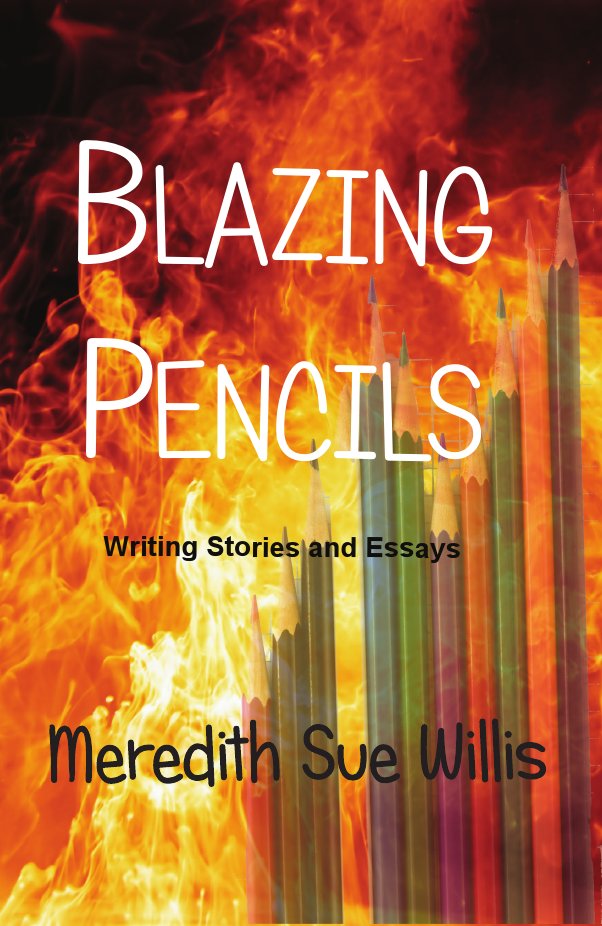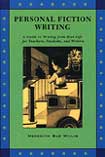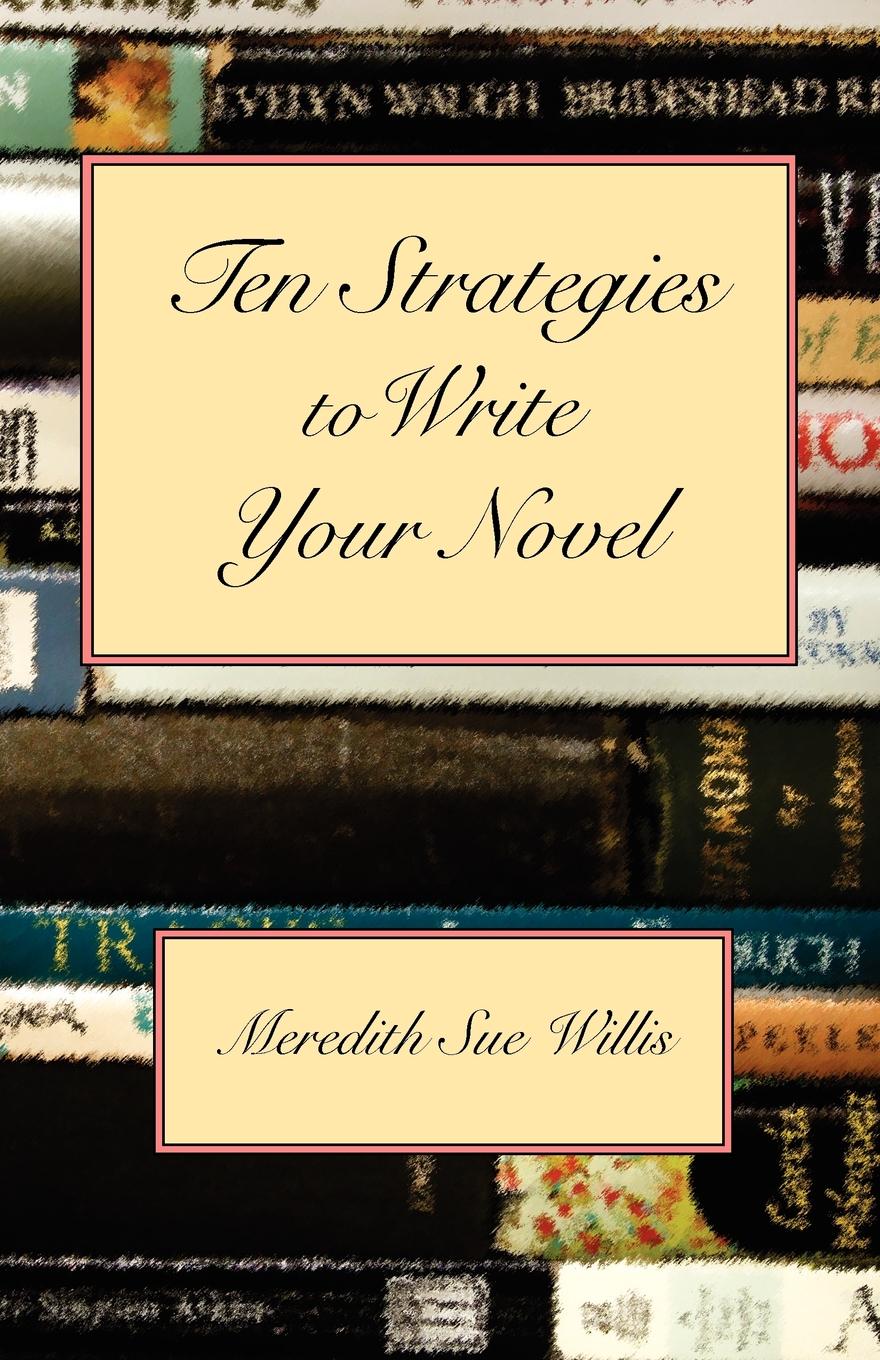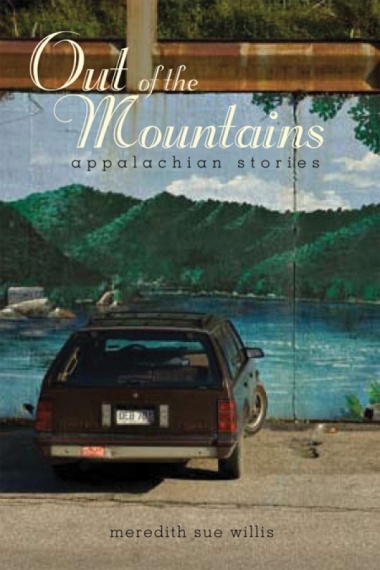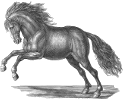Books by Meredith Sue Willis Samples of MSW's Writing Online News About MSW Biography
Newsletter for Readers and Writers Appearances, Publications, and Projects Online Classs with MSW
Services MSW Provides Resources for Writers Writing Exercises Journal of Practical Writing
[Housekeeping for Prose Narrative January 2025] For a lot more links, go here.
Contact
Today is
Writing Exercises 261-300 are on this page.
Exercises 1- 20
Exercises 21- 40
Exercses 41 - 60
Exercises 61-80
Exercises 81-100
Exercises 101 - 120
Exercises 121 - 140
Exercises 141 - 160
Exercises 161 - 180
Exercises 181 - 200
Exercises 201 - 240
Exercises 241 - 260
Exercises 261 - 300
Exercises 301 - 330
For writing exercises for kids, click here.
For teens, begin here.
Exercise #261
All around me as I write this exercise there is great devastation from the natural—possibly human enhanced—disaster, Hurricane Sandy.
Write as if you were present at a great disaster from the past—a fire, the eruption of a volcano. Be a victim or an observer, but try to imagine that disaster as it felt then.
Exercise #262
All around me as I write this exercise there is great devastation from the natural—possibly human enhanced—disaster, Hurricane Sandy.
Write as if you were present at a great disaster from the past—a fire, the eruption of a volcano. Be a victim or an observer, but try to imagine that disaster as it felt then.
Exercise #263
Here's an exercise for stories and personal narratives from story teller/writer Norah Dooley. (See her excellent blog at http://norahdooley.blogspot.com. She is also the host of the Folk Revival Program on WICN radio):
"How about 3...different endings? Look at literature and analyze how any book...ends. Generate a list [of typical book endings and use it to organize what you find in literature.
"The 3 new endings one writes can...be combined into one or you may hit on an ending you would never have thought of without the mechanistic prompts....Rewrite your ending 3 times by adding or substituting....a new bit of action... some of the character's thoughts--a feeling, a wish or a hope a comment on what has changed or is different, a memory a decision. End with a sound, a sight, a smell or a taste [or]describe the main character in action [or] a minor character observed or observing a dialogue."
Exercise #264
Write down one end of the telephone conversation of a stranger. Given the ubiquity of cell phones, this should be easy to find. Then, make up the other half of the dialogue, inventing the second person's words..
Exercise #265
When you think of your hometown or home state, what do you see in your mind's eye as a cinematic panorama? Include visual imagery but also sound associations and rhythmic effects. As you move in closer and closer, what things come into focus for you?
Whose face would you zoom in on first? What is he/she thinking at that moment?
(From Laura Treacy Bentley)
Exercise #266
Make up your own personal ideal beginning-of-winter holiday: If you missed Festivus, check it out. Perhaps you want a modern version of a traditional English Christmas with plum pudding and a crackling fire and snow? Or all the sacred music and none of the selling? Something entirely different? A parody? A new religion? Describe your own, in prose or poetry.
Exercise #267
Write about yourself or a character waking up on the first day of a new year. What has to be faced in the immediate future? In the distant future? From the past? Make this serious or funny. Include any hangovers or regrets- or triumphs- from the previous night.
If you are writing a long project like a memoir or novel, see if you can find a place to fit this in.
Exercise #268
Who's Your Muse?
Put yourself in a pleasant, comfortable space. Imagine what sort of being is likely to help you get your writing underway. Is it a long haired maiden wearing an ancient Greek peplos and carrying a lyre? Is it an old story telling grandfather with tobacco juice in the cracks of his skin around his mouth?
Write a description of your Muse.
Write a conversation between your Muse and you.
Write what the Muse inspires you to write.
Exercise #269
I always have mixed feelings about the holidays that seem to demand my participation whether I want to or not. Yes, we need our celebrations and commemorations; no, I don't much like the enthusiastic selling of vast quantities of chocolates and red ribbon.
How about writing an anti-Valentine story? This could be the tale (or memoir!) of an inappropriately timed break-up, or maybe just an anti-commercialization-of-Valentine's- Day tale.
Or maybe something about love, but not romantic love? Or a tale of the rather obscure real St. Valentine?
Exercise #270
Take a notebook or a netbook or other writing device to some public place-- indoors and warm!--perhaps an airport terminal or the mall. Choose a place where you can sit or lean comfortably for at least ten minutes. Eavesdrop. Listen to people talking. In particular, listen to people unlike you.
If you are well engaged in a project, but, say, have a character who seems wooden on the page (maybe the main character's teenage son), seek out people of the type you're having trouble with and actually transcribe some of what they say.
If you are just looking for new material, try workers in a fast food restaurant talking to each other during a slow time, people before a public performance or religious service, people on line to make purchases. Transcribe as much as you can, even if it seems pretty ordinary.
For example, my son worked as a caddy one summer to earn money for college, and he brought back fascinating conversations he overheard from the older, full-time caddies, several of whom had spent time in prison.
Turn one of these conversations into a personal essay or a story, or use it in your long project.
Exercise #271
Write a passage where a character thinks about the future. Don't do this as simply a preview of the plot. Rather, have the character see the future concretely, in images. Thus, "When he thought of the future, he saw his family gathered for the Seder with his youngest grandson's high voice piping the four questions and the rich smell of pot roast wafting from the kitchen..." Or perhaps, "When she thought of the future at that moment, all she could see was a wide flat plain covered in ash the same gray color as the overcast sky..."
Exercise #272
Part 1
Write a physical action scene. This can be a fight (between two desperate adults, between siblings, between alley cats), or it might be people dancing or workers lifting a beam into place in a log cabin-- anything with large muscle, physical action.
Make a careful effort to keep it visually clear to the reader. It is a procedure; write it step by step. What happens first? What is next? And then? One good technique is to close your eye and create a blank screen in your mind and watch the physical action in your mind.
Part 2
Add dialogue to the scene. Where does it fit best so that it doesn't interrupt the flow of action but feels natural. (The two men struggling are caught up for a moment in a close grip with no one in control, and they hiss at one another: "You'll never get it!" and "Damn you, American swine!"
Part 3
Revise so that you are telling the story in a close third person, keeping to one character's point of view. The action will stay largely the same, and certainly the dialogue, but you may now add a smattering of thoughts or fears or hopes in the mind of the point of view character.
Here's an exercise about endings, compliments of Chris Vera. I especially like his analogy to a painter painting a canvas from left to right.
Christopher says to write the ending first, because it helps to know where you're going before you start on a journey. Of course, as the story progresses, the ending may change, but this is perfectly acceptable and even encouraged!
Writing anything -even short stories- is difficult to do if you attack the story strictly linearly, from beginning to end. Creativity doesn't always work that way. It would be like a painter painting a portrait from left to right. Its often easier to break up writing into smaller chunks. This helps set realistic goals and reduces frustration. This becomes especially relevant in novel length stories and screenplays.
Exercise #274
Here are two "ending" exercises that might be for something you're already writing or might start you on something new:
-A character stands alone and thinking. Describe the place where the character is and then go into the person's head.
– Describe an object. Movies sometimes do this, the camera coming in tight on an emblematic object - a sleeping cat? a discarded newspaper flopping in the breeze? - as the credits begin to roll.For more on ending, see previous exercise.
Exercise #275
Describe as fully as possible an old toy (or other beloved object from your childhood) using as many of your senses as possible. Can you remember the smell of the old blanket you used to fall asleep with? What about the sound of that fascinating old fashioned clock on your grandmother's dresser shelf that you were not allowed to touch? Try to include as many senses as possible.
-- Using the description as a starting place, continue as a memoir piece– or fictionalize!
-- Do the same exercise, but with a pet or a neighbor's pet, or some animal you used to look at in the zoo or at a neighbor's farm.
-- Do it about a favorite summer food from childhood: Watermelon? Home made ice cream? Chicken salad with walnuts and grapes? A ripe peach?
Exercise #276
Describe a drawer or other storage container belonging to someone else. If you are writing a novel, have your main character observe the drawer of another character, perhaps getting insights- or clues!
Or, if you are writing nonfiction, remember what was in your grandmother's kitchen cabinets or handkerchief drawer or your father's workshop.
This can be a free standing meditation on what a person's possessions show about them or the beginning of something longer.
Here's a sample from the novel Housekeeping by Marilynne Robinson:
My grandmother had kept, in the bottom drawer of the chest of drawers, a collection of things, memorabilia, balls of twine, Christmas candles, and odd socks. Lucille and I used to delve in this drawer. Its contents were so randomly assorted, yet so neatly arranged, that we felt some large significance might be behind the collection as a whole. We noted that the socks, for example, all appeared unworn. There was a shot glass with two brass buttons in it and that seemed proper. There was a faded wax angel that smelled of bayberry, and a black velvet pincushion in the shape of a heart, in a box with a San Francisco jeweler's name on it. There was a shoebox full of old photos, each with four patches of black, felty paper on the back. These had clearly been taken from a photograph album, because they were especially significant or because they were not especially significant. None of them was of a person or a place we knew. Many were of formally dressed gentlemen posing in front of a rose arbor.
Exercise #277
Think about a project you are working on or want to work on. If you don't have a definite project, you can still do this exercise.
In your mind, picture a physical object that interests you and either is already a part of your memoir or story or one that could naturally appear in it. A favorite baseball bat from childhood? A melon in the garden? A piece or jewelry or old sneakers? A baby's rattle? Your grandfather's
cap?
The only requirement is that the thing be small enough to hold in your hands. It may be important, or it may not be important. If you're writing a memoir, it might be some toy or beloved object from childhood; if it's an action novel, it is perhaps a weapon or something valuable for one reason or another (Dashiell Hammett's novel The Maltese Falcon has a statue of a bird at the heart of the plot).
Write a description of the thing, using as many of your senses as possible. Don't just say it is an old pink blanket, but say that the blanket was thinning and smelled like cinnamon, or that the diamond tennis bracelet made a rich rustling sound when you gathered it in your hand...
Exercise #278
One of the oldest school assignments is to look at a picture and write what it makes you think of. I have a different idea. Look at this photographic image of a nineteenth century young woman, and write what she is thinking of:
(for the name of the woman and the photographer,
click here.)
Exercise #279
If you sometimes have trouble writing dialogue or getting ideas for what might happen next, try these exercises:
WRITE a short dialogue involving an object. This dialogue can be dramatic or commonplace. It may have several people in it, as at a dinner party, or even be a single person having a discussion in his mind. It could be something that really happened or something you make up.
WRITE a dialogue in which your characters have a conversation about one thing, but are really talking about something else. There is a subtext. They might be talking about which restaurant to go to, but the subtext could be how their relationship is falling apart.
Exercise #280
Oh it's that scarey Halloween season again.
Write a short anecdote of something that really happened to you once that made the hairs stand up on the back of your neck: did you get a phone call from someone you were just at that moment thinking of?
Did a cloud pass over the sun as you made eye contact with a very strange looking person on the street?
You might write your real life weird event just the way it happened, or you might want to fictionalize and/or exaggerate, and turn it into a tale of terror...
Exercise #281
Make a list of addresses, real ones from an old phone book or from your personal address book or places you lived, or just a street that interests you. What matters in this assignment is the addresses: Simply list the addresses, then write a little description of the place, again, real or made up.
Choose one, and write what happened there.
If you are expanding or restarting a novel, have characters in your novel go to the address, and see what happens there. It might be a memory or flashback or a dream of the place: "She used to dream she was walking down Ramsheart Street, and she always stopped at #17 and stood in front of the peeling door..."
Exercise #282
Here's an exercise borrowed from drama writing classes.
Write a conversation in which two people from books or movies-- or from real life-- who have never met, talk to one another. You might try yourself, too, and perhaps your great grandmother.
Exercise #283
Dialogue, whether in short stories, novels, or even memoir is best when it has a little dramatic tension in it, but there are many kinds of dramatic tension. Ideally, there will be more going on than an argument.
For example, try writing a dialogue in which two people have a shift of status in the course of a dialogue. Perhaps something is revealed or a threat is expressed. Maybe one person begins to break down emotionally, or someone moves from contempt to appreciation-- or from confidence to fear....
Exercise #284
Here's a writing exercise Kurt Vonnegut gave in 1965, as reported by Suzanne McConnell.
Exercise #285
Try writing a dialogue in which two people have a shift of status in the course of a dialogue. That is to say, one begins perhaps to feel fear. The other person appears to sense or guess it. Or, one person figures something out as they talk and becomes more assertive or aggressive..
This can be a scene with danger or humor or any other emotional quality. The only rule is to have a shift of status.
Exercise #286
Throw a Monkey Wrench into Your Story!
This works particularly well if you are writing a novel. Go forward in your story to a part you haven't written yet and have something unexpected happen and see how your characters react.
This unexpected thing should not be part of the plot, but an outside event: weather is good, for example. You might have a snowstorm just at the wrong moment, or a taxi breaking down in the middle of an important ride, a terrorist attack, or simply someone coming down with the flu.
What do you (and the reader) learn from this about your characters? How does it change your story, if at all?
Exercise #287
A person is putting on something to wear. Describe the physical action in great detail, trying to show something about the person's character and/or mental state and/or situation. The thing to wear could be anything from football shoulder pads to a pair of shoes in a shop that are too tight to a uniform or a costume or disguise.
What is the person thinking while doing this action? What happens next?
Exercise #288
Two people are discussing an inanimate object (the water glass on the table?) or an idea (would you be a pacifist is someone were threatening your child?).
What do they say? What are they REALLY talking about?
And if this is fiction, how do you show what they are talking about without explaining it directly?
Exercise #289
One of my favorite reusable exercises to expand your project (novel, story, essay) or get back into it when you've been away or been stuck, by inserting some quotidian object or action.
Try putting a blow into your project.
I mean by a blow when one thing strikes another. An actual slap or punch from person to person would work (and might liven up a slow argument!), but it can also be a hand slapped on a table or a bird flying into a skyscraper window that it didn't see. It could even be someone slapping herself.
In other words, find a place in your project to add an explosive, sudden movement with some physical impact and-- almost certainly -- emotional impact as well.
Exercise #290
The Artist has just finished a painting, cleaned her brushes, and put them away.
Describe what she painted. Tell the story of why she painted it
Exercise #291
Copy five endings from your work (or more). This could be stories or essays or poems. Do you have a typical ending? Is it always upbeat? Do you end with an explosion and everyone dead? Nineteenth century novels famously ended with weddings. A small piece of dialogue is one way to end; a statement of wisdom can work, or an outward glance at nature or a cityscape.
Try this: Write a short piece -- fiction, nonfiction, or poetry-- that ends with these words:
If you can make something as big and ugly as this, you can make your own life too.
Exercise #292
Describe this picture. Then write whatever you think is going on, and what happens next...
Exercise #293
We've just finished Memorial Day, which originated after the the Civil War to commemorate the hundreds of thousands of soldiers who died in that war.
Small towns across America often have parades on the holiday. Write about attending one of these. If you remember one from your own life, start by describing it, and see where it takes you. If it is not a familiar custom to you, imagine observing it as an outsider.
In either case, describe the participants in the parade, and then focus on one or two: a crippled soldier; a high school band major; a brace of Great Danes from the kennel club; a woman wearing a red-white-and blue cowboy shirt riding a horse.
Use this as your prompt, and write where it takes you.
Exercise #294
Think of some incident from your childhood, or a story one of your parents or grandparents told you.
Instead of starting in with the telling or the teller, do a little research about when this happened. What season was it? what year?
Check online or in old magazines at the library for events in the greater world. Perhaps find out what music was popular, what movies showing in the theaters or what sit-coms were running on television. Was there some special piece of technology that had just begun to be wide-spread? Was there a disease people were worried about?
Start your piece with writing from this Big Picture information. "It was the winter the Challenger exploded...." or perhaps something about popular culture or a great hurricane.
Gradually work your way into your story. Does this big picture first have an effect on how the story comes out?
Exercise #295
Here's a simple one: Think of some incident from the news-- or an event from your life or an anecdote someone told you-- that always seemed like it would make a great story.
Write it.
Exercise #296
Write a story or essay that begins, "It was on the eve of Manhattanhenge that I first..."
Or if you prefer, use a comparable moment: "It was the darkest day of the year..."
("Manhattanhenge" is a term coined for the twice-a-year alignment of the sun with Manhattan's east-west grid. In the summer, it is at sunset; in the winter, sunrise.)
Exercise #297
Find a recipe in a cook book or newspaper or online. Use this recipe (or other instructions, such as how to build a bookcase or a garden fence) to start a writing project. Begin by typing the ingredients and most important instructions. If there are images, describe them.
Use this written passage as the prompt and source for a memoir or story that centers on the recipe. Perhaps the cook is filled with flashbacks and memories in the course of making the dish. Perhaps the cook wants to poison someone...
You might skip to a scene of eating the food, or you might concentrate on the main character's discovery of the recipe. If you really need inspiration, make the dish, being mindful of your own thoughts and memories as you cook.
Exercise #298
Write a conversation between an unlikely pair: choose a figure from history and a celebrity of today (what advice would St. Francis of Assisi give to Justin Bieber? Or would he advise him at all?) or yourself and someone you've always wanted to meet (maybe just an interesting looking runner you see every day on your morning walk).
These are fictional, of course, but to make the exercise work in a novel or short story you're writing, make up an interaction between two people in the story you didn't think would meet at all.
Exercise #299
Consider the face of a stranger you have seen in the last week-- an actual same-physical-space encounter, not virtual.
The neighbor walking his dog? The counter person in the fast food restaurant? Someone in the aisle at the supermarket? Getting off the train as you get on?
Describe the face in as much detail as you can, even overwrite. Use similes and metaphors (his cheeks and jowls loose and jiggly like an old basset hound's...)
After you've written at least a paragraph on the face, go on to what the face makes you think of-- aging? the new type of people in town? ladies shopping after church? Or go for fiction: make up the person's backstory or create an imaginary conversation with the person.
Exercise #300
Two characters (or real people in your life) are having a discussion about the meaning of peace. One takes a fairly conventional position; the other has eccentric ideas.
Where does the conversation lead?
Subscribe to Meredith Sue Willis's Free Newsletter
for Readers and Writers:
Send email to MSW
All MSW's Books
Buy via Bookshop.org--the online bookstore that splits proceeds with brick-and-mortar stores!
Novels and Short Stories for Adults
Books for Teens and Children
Books about Writing
E-book Versions of MSW books
(To buy any of these books as e-books, click on the image. They are also available at the
Kindle Store and at the Nook Store as well as the iBook store and other e-book stores.)
Lots of Links:
Articles for Writers
Biography of MSW
Blog
Books by MSW
MSW Classes Online
Adult & kid workshops
Book Reviews by MSW
Center for Writing Studies (grammar & more)
Contact MSW
E-Books by MSW
Fiction Online by MSW
Grammar-Word Study
Grammarist
Grammar GirlInformation about MSW
A Journal of Practical Writing
Kids Page
Literature to Read
and Study (online)Links for Writers and Readers
Manuscript Consultations
Newsletter on
Books and WritingNews
Nonfiction by MSW
Obituaries and More
Online Classes
Order Books
Order Books Online
Point-of-View Characters Who Are Not Your Gender
Publicity
Practical Writing Journal
Resumé
Resources for Writers
Samples of MSW Writng
Structuring a Murder Mystery NovelTeens Page
Tips for Writers
Upcoming MSW events
Videos of MSW
What's On This Site?
Who is MSW?
Workshops with MSW
Writing Exercises
WSM Technical Services
Writing Tips
Appalachian YA Literature
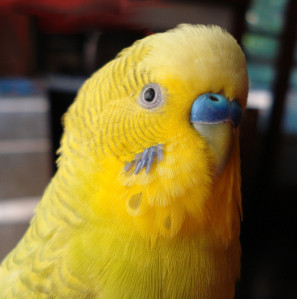
Taxicab Willis-Weinberger Extraoredinary Budgerigar
March 2006-March 30,2020
Irene Weinberger Books.... an imprint of
Hamilton Stone Editions
Check us out!
To receive MSW's free newsletter for readers and writers and notice of online classes and other MSW news, join her mailing list here:
Images and photos found on the various pages of this web site may be used by anyone, but please attribute the source when it is specified.
Meredith Sue Willis Author and Teacher is licensed under aCreative Commons Attribution 4.0 International License.
